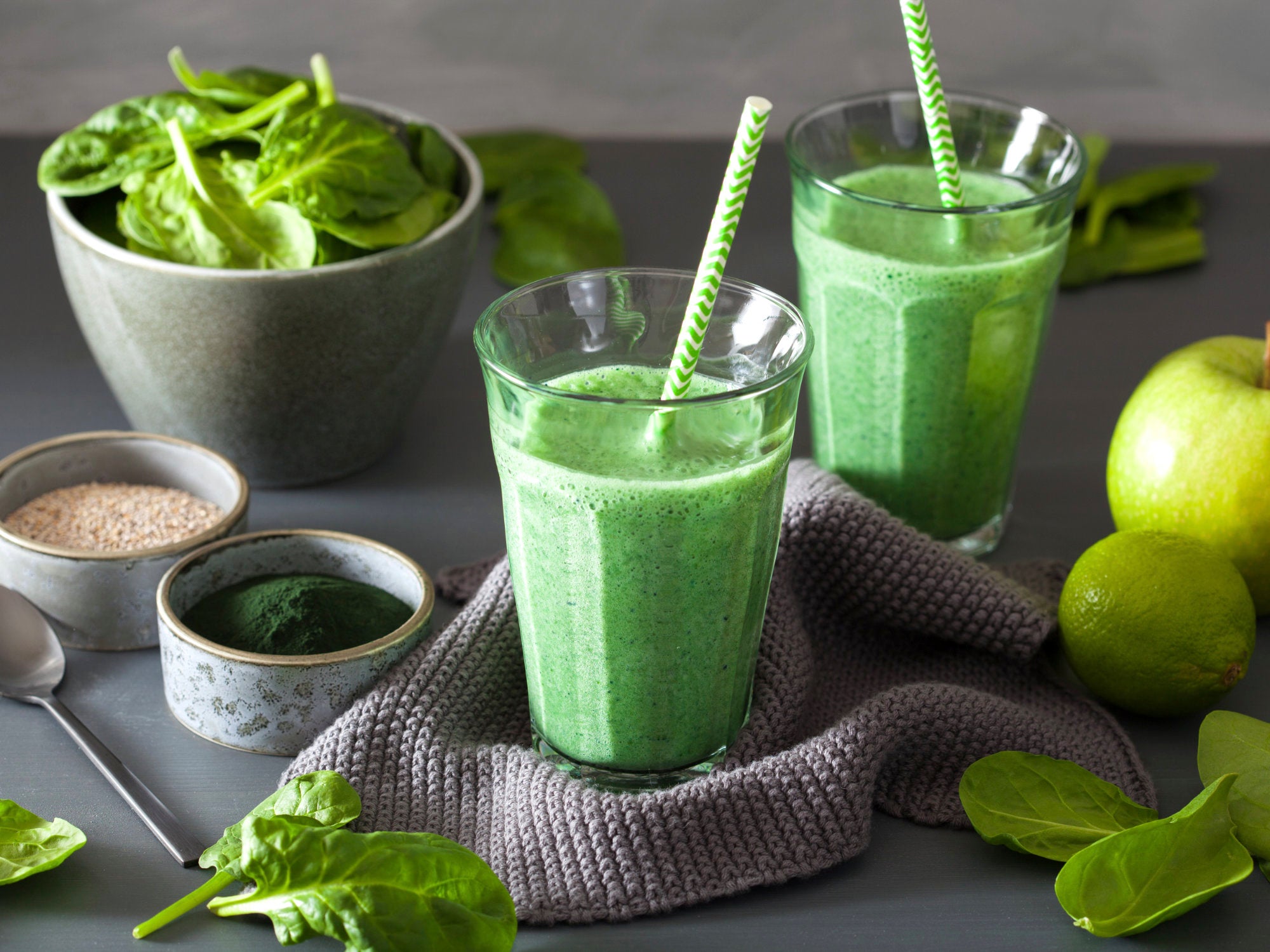
Superfood: cosa sono e quali sono?
C’è un interesse sempre maggiore sull’alimentazione e sull’importanza di consumare alimenti ricchi di nutrienti che sarebbero in grado di conferire benefici per la salute, proprio come i Superfood.
Non esiste una definizione precisa di Superfood, infatti questo non è altro che un termine commerciale coniato per identificare alimenti con importanti caratteristiche nutrizionali ed ha più che altro lo scopo di soddisfare delle esigenze di marketing.
Ma in ogni caso è sempre più evidente come una dieta sana ed equilibrata possa influire positivamente sulla salute dell’organismo.
Quindi, perché non inserire nella propria alimentazione dei “supercibi” ricchi di nutrienti e che possono contribuire al normale funzionamento dell’organismo? Scopriamo nel dettaglio cosa sono e quali sono.
Cosa sono i Superfood?
Per quanto non esista una definizione scientifica, molti hanno cercato di dare un significato a questo termine.
Spesso accostati agli alimenti funzionali oppure ai cibi nutraceutici (dalla sincrasi di nutrizione e farmaceutica), per superfood si intendono alimenti di origine vegetale, con importanti caratteristiche nutrizionali e minimamente lavorati, meglio ancora se crudi e biologici.
Si possono dividere in varie categorie:
- Superfruit, frutta.
- Supergrain, grani e cereali.
- Superfood, alimenti che non rientrano alle precedenti categorie.
L’interesse crescente nei confronti di questo genere di cibi deriva dal fatto che gli alimenti convenzionali sembrano sempre più poveri di sostanze nutritive.
Per questo motivo i Superfood possono rappresentare un aiuto per sopperire a tali mancanze.
Sarebbero in grado di fornire nutrienti essenziali e influenzare in maniera positiva le funzioni fisiologiche del nostro organismo, per conservare e migliorare lo stato di salute e in alcuni casi persino prevenire l’insorgenza di alcune malattie.

Cosa rende “super” questi cibi?
Le proprietà nutritive elevate sono la caratteristica principale dei superfood, cioè la presenza di micronutrienti, come vitamine, sali minerali ed in particolare modo la presenza di antiossidanti.
Gli antiossidanti sono molecole in grado di aiutare a ridurre la quantità di radicali liberi dannosi nel corpo.
Un alimento con proprietà antiossidanti, quindi, potrebbe essere d’aiuto per prevenire l’insorgenza di alcune patologie da stress ossidativo.
Nel 1991 l’Istituto Nazionale sull’Invecchiamento e il Dipartimento dell’Agricoltura degli Stati Uniti (USDA) hanno sviluppato uno strumento di valutazione per misurare il potere antiossidante degli alimenti, chiamato ORAC (Oxygen Radical Absorbance Capacity).
Per quanto riguarda il contenuto di nutrienti è importante fare riferimento alla dichiarazione nutrizionale dell’alimento. In base al quantitativo di micronutrienti, come vitamine e minerali presenti al suo interno, quel cibo potrà vantare alcune caratteristiche specifiche.
Quindi, in conclusione, non è l’alimento in sé ad essere “super” ma è ciò che è presente al suo interno a renderlo così.
L’EFSA (Commissione Europea per la Sicurezza Alimentare) è l’organismo incaricato a garantire che le affermazioni sull’etichettatura degli alimenti e sulla pubblicità riguardanti l’alimentazione e la salute, siano significative e accurate, aiutando i consumatori a fare scelte consapevoli.
Per questo motivo è stato stilato il Regolamento (CE) n. 1924/2006 dove sono contenute tutte le norme sulle indicazioni nutrizionali e quelle sulla salute, come l’utilizzo dei claim.
L’obiettivo di queste regole è garantire che qualsiasi indicazione sull’etichettatura, presentazione o pubblicità di un alimento nell’Unione Europea sia chiara, accurata e basata su prove scientifiche.
Quali sono i Superfood?
Non esistendo una definizione specifica del termine, non esiste neanche una lista precisa di questa categoria di alimenti.
Vediamo nel dettaglio alcuni cibi che, per le loro caratteristiche intrinseche, possono essere considerati dei Superfood:
- Alcuni vegetali come broccoli, cavolo nero e spinaci;
- Frutta dal grande potere antiossidante come mirtilli, melagrana, bacche di açaí e quelle di goji;
- Il cacao ricchissimo di flavonoidi;
- Alcuni tuberi come le rape rosse o la maca, dalla quale si ottiene una polvere dall’azione tonico-adattogena e con presunte capacità afrodisiache;
- L’alga spirulina o la moringa dall’elevato contenuto di micronutrienti;
- La noce di Cocco, in particolar modo l’acqua o l’olio di cocco che si ricava dalla sua polpa;
- I prodotti delle api, specialmente il miele di Manuka dall’importante azione antimicrobica;
- Alcuni semi come i semi di chia o di canapa;
- Radici come lo zenzero e la curcuma;
- L’erba di grano o l’erba d’orzo;
- Cereali come l’avena o la quinoa, che contengono importanti sali minerali e una buona quota proteica.

Si tratta di una lista che è in continuo aggiornamento e che può includere nuovi alimenti in relazione al loro contenuto di nutrienti.
I superfood non devono certo essere intesi come alimenti “miracolosi” e neppure come la panacea di tutti i mali, ma semplicemente rappresentano un valido aiuto per integrare preziosi nutrienti nella propria dieta, che deve sempre essere associata ad uno stile di vita sano e una regolare attività fisica.
Esistono diversi tipi di regimi alimentari, come ad esempio, la dieta mediterranea, la plant-based o quella vegana. Ma la soluzione per una dieta sana è quasi sempre la stessa: tanta verdura e frutta, un’alimentazione variegata, quantità moderate, e perché no, anche il superfood che più ci piace!


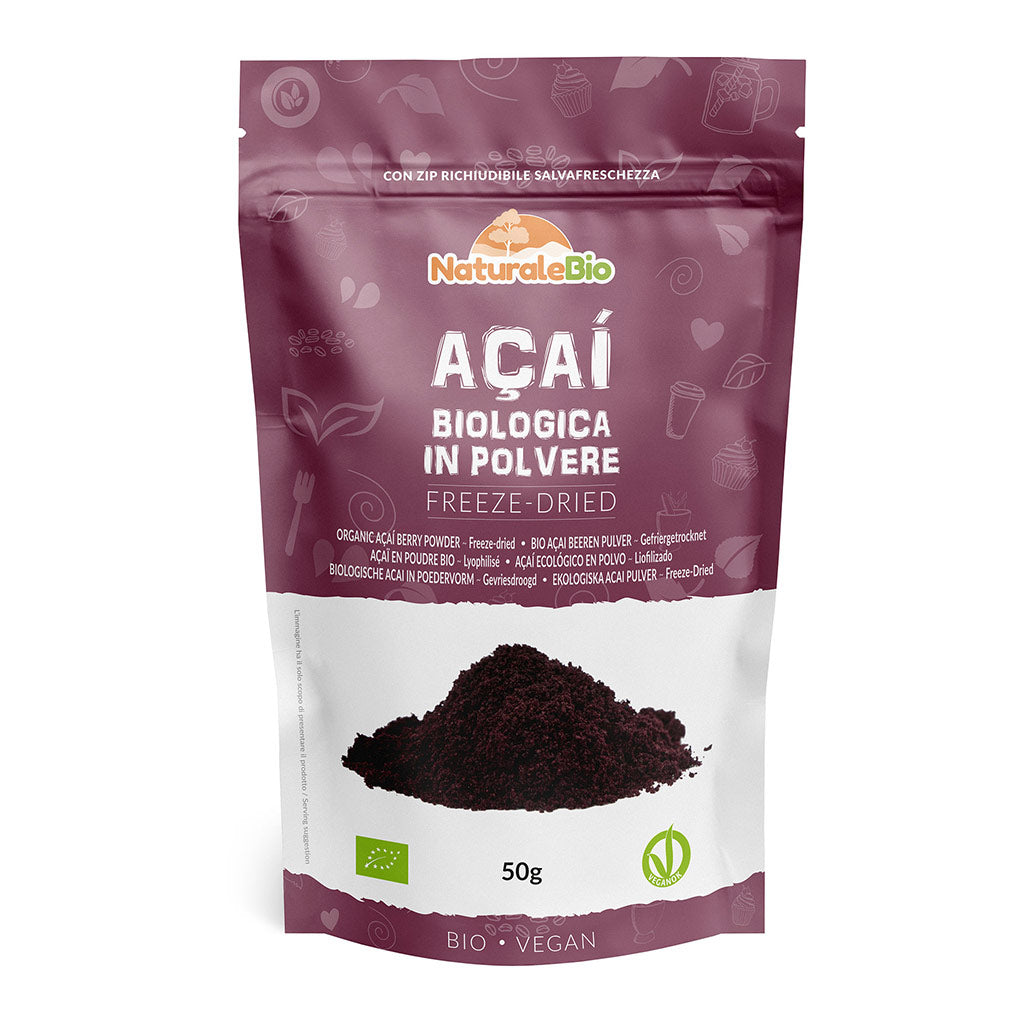
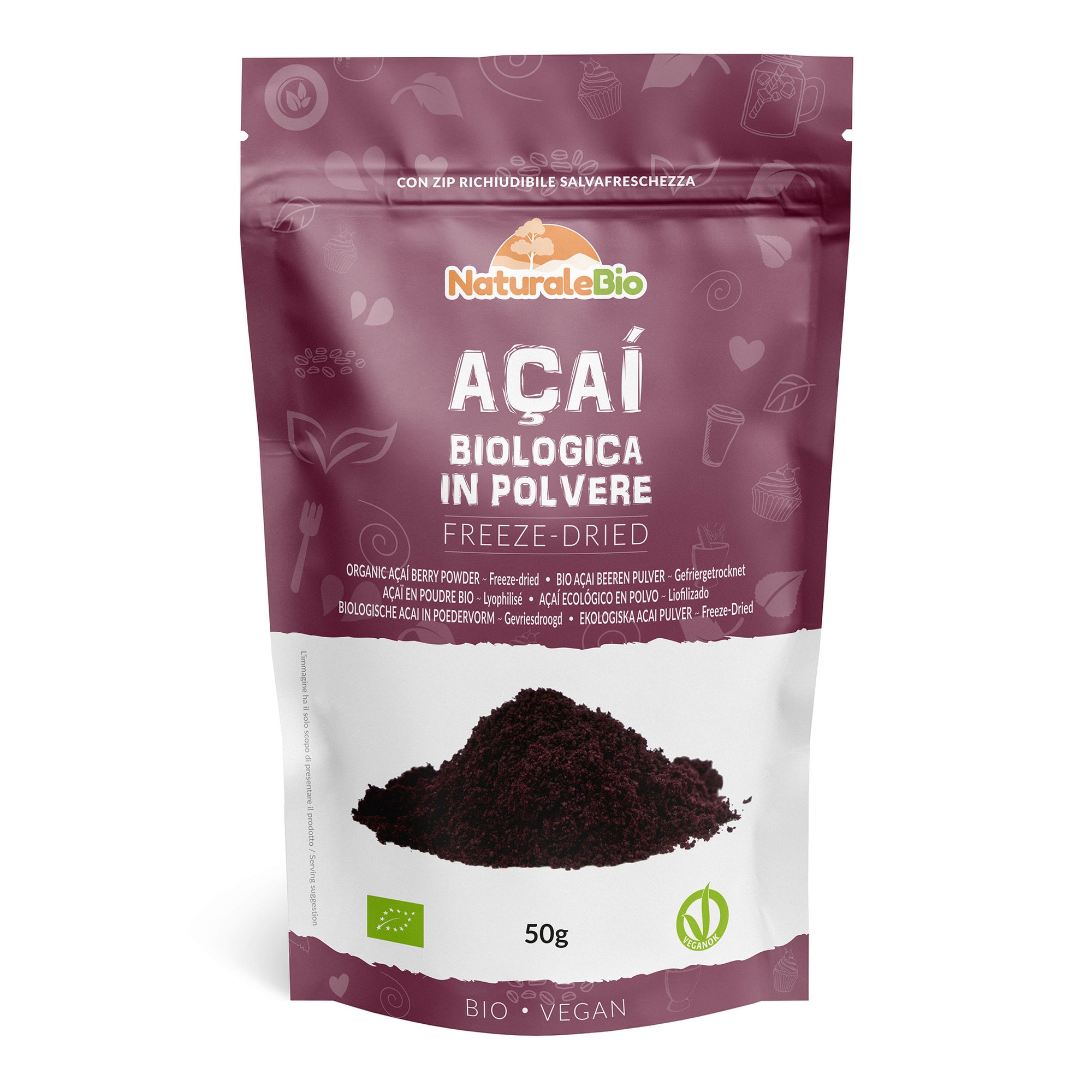
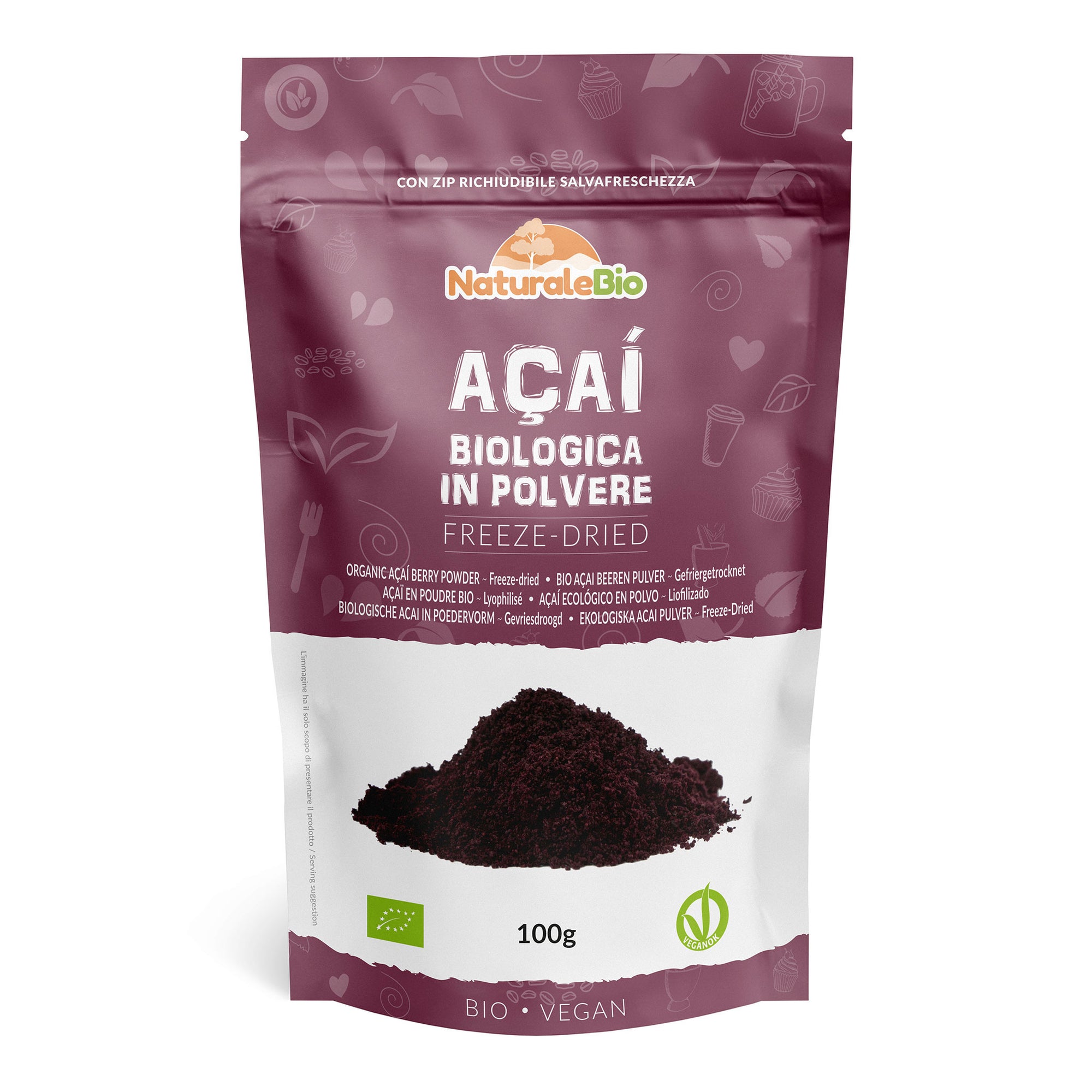
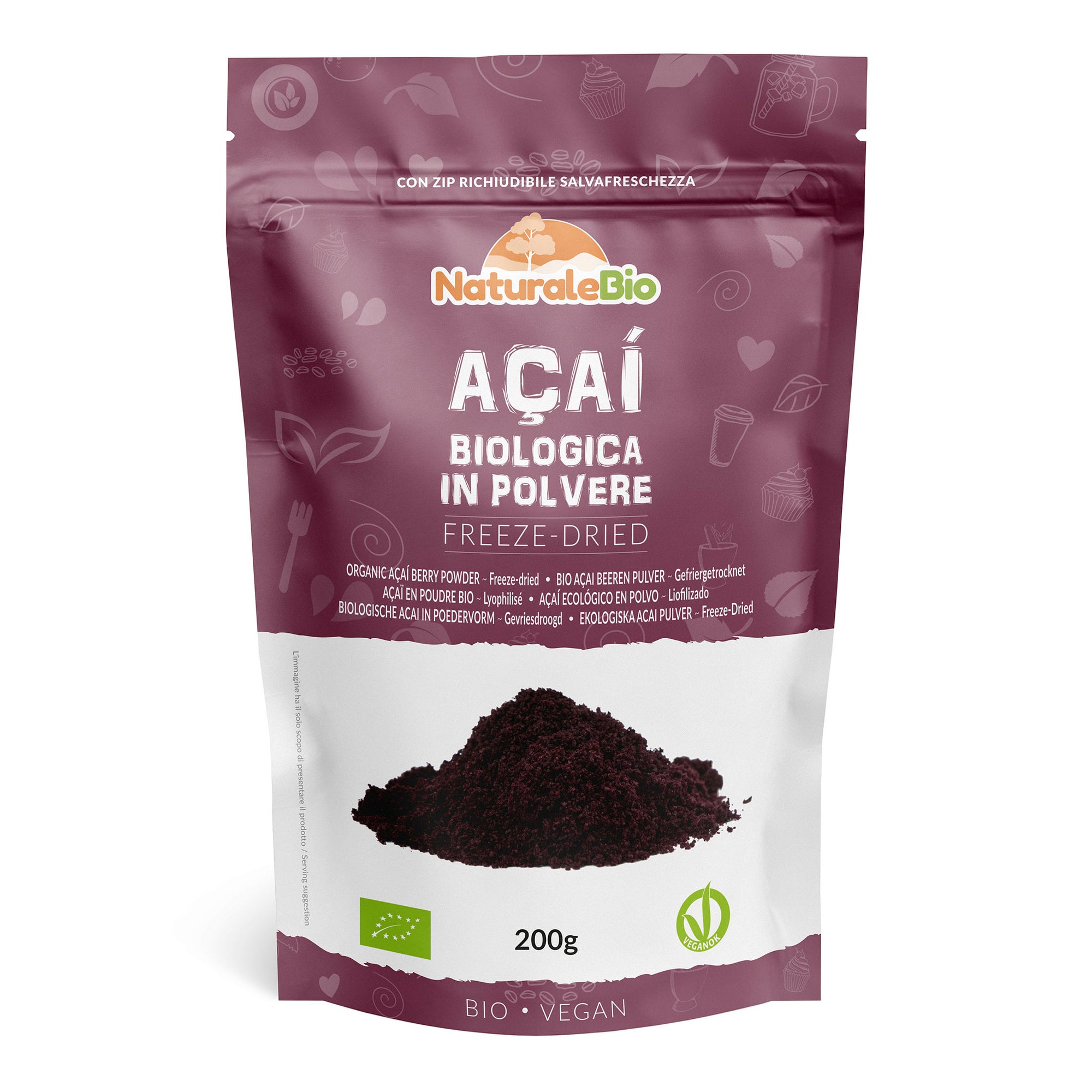
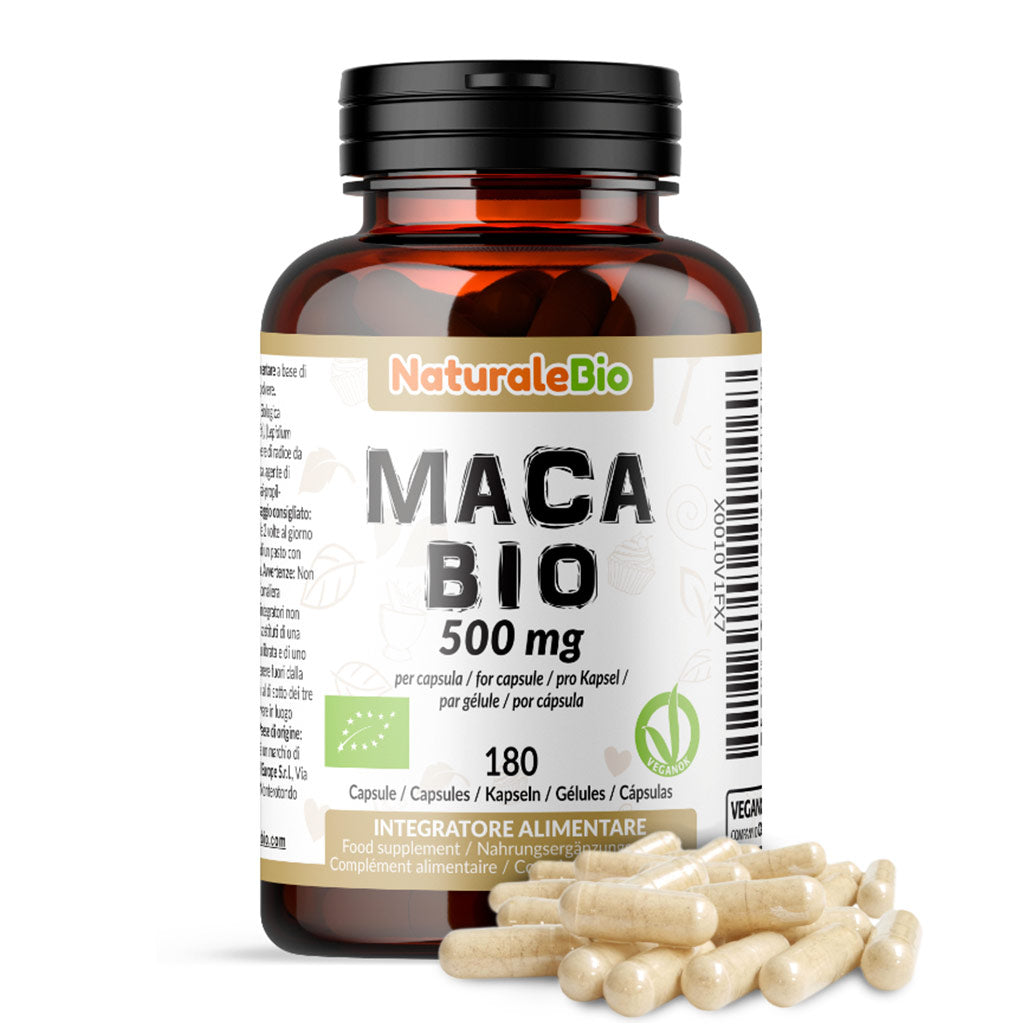
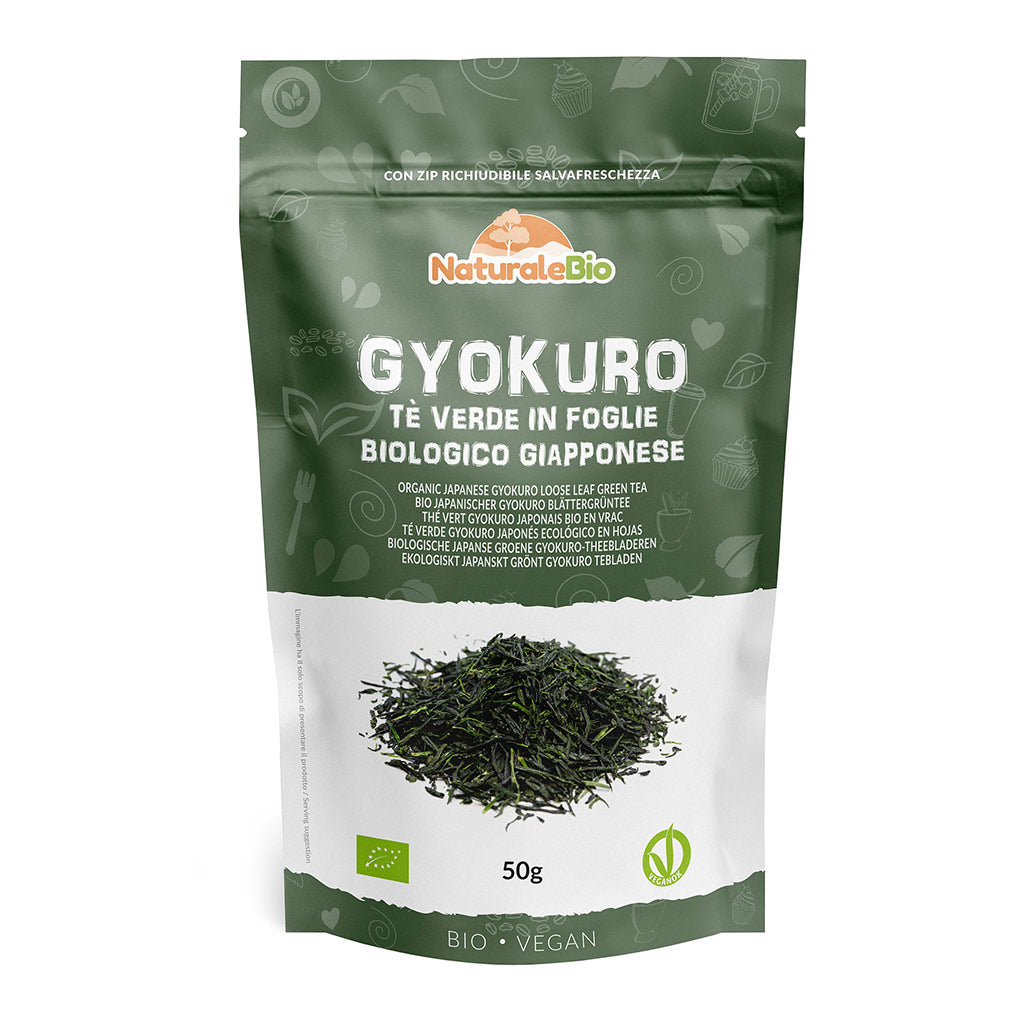
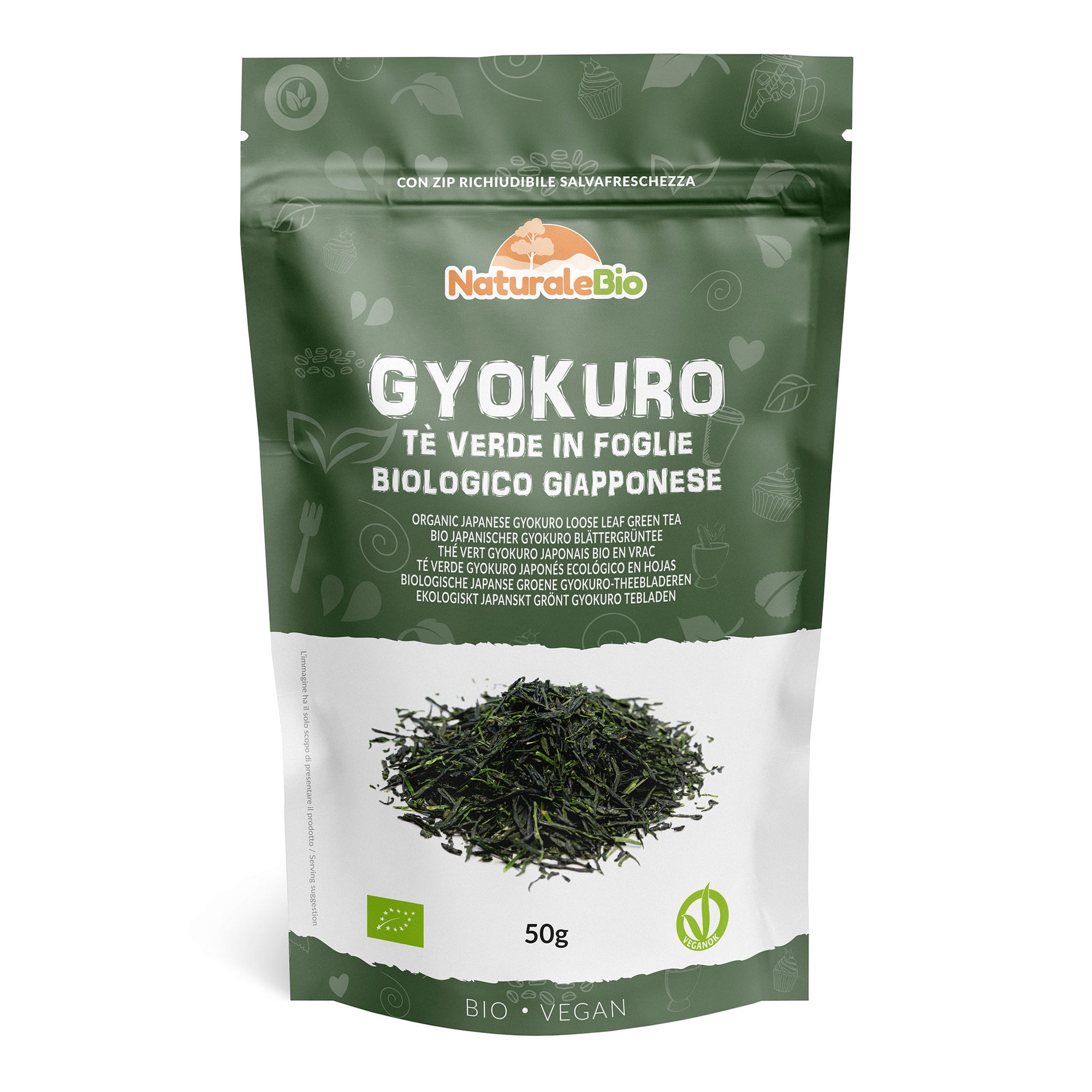
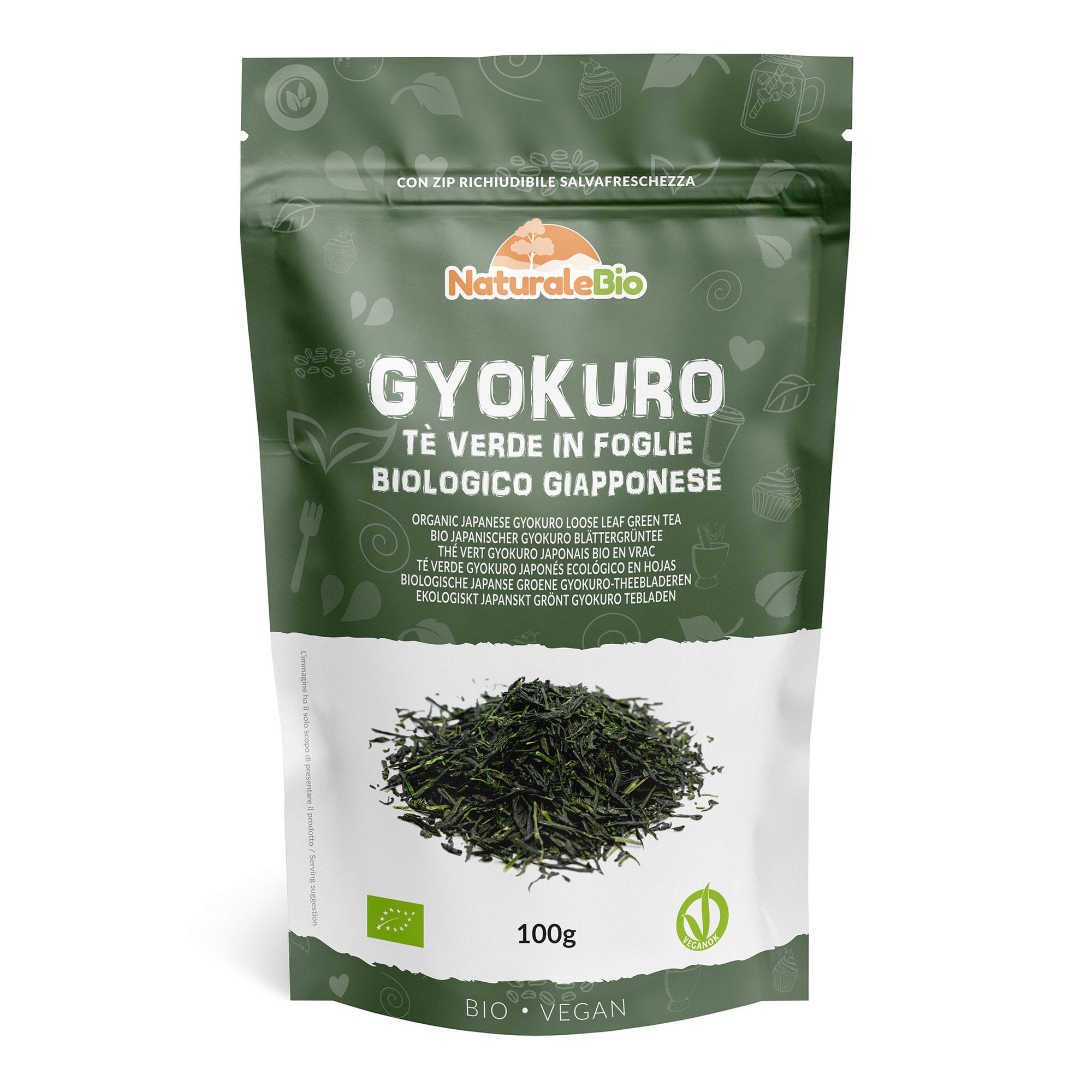
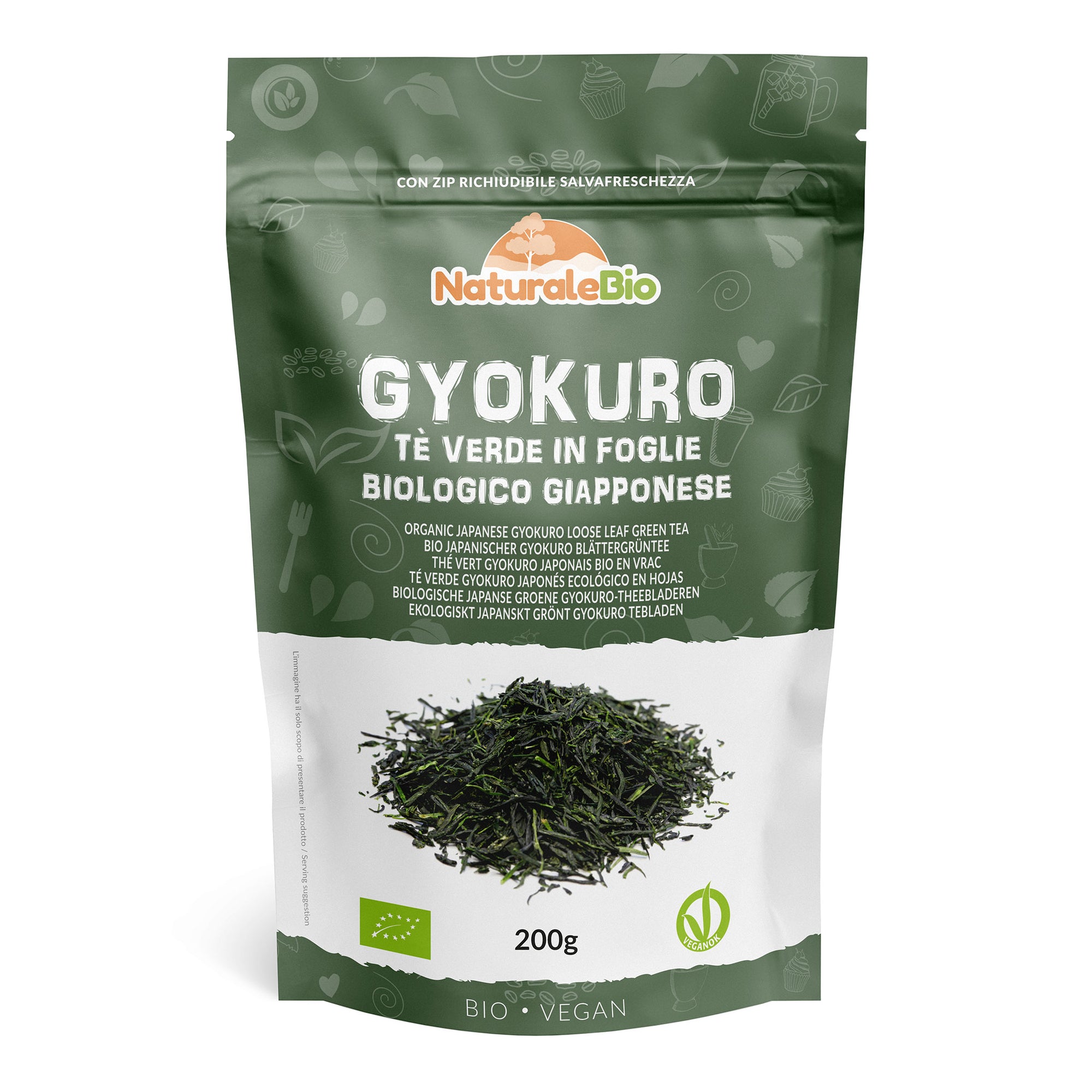
0 commenti